

Uncovering Tanzania’s Swahili Coast
Beyond Zanzibar’s Shores
After an exhilarating safari across Tanzania’s iconic landscapes, many travellers drift toward Zanzibar’s shores for a slower pace, where turquoise waters and pristine beaches create a setting of rare tranquillity. Zanzibar’s allure has grown legendary over time, shaped by its spice-scented breezes, its storied history as a crossroads of ivory and slave trade, and its sun-drenched sands. Yet, there’s more to Zanzibar than meets the eye, and even more still, waiting to be uncovered along the Swahili Coast…
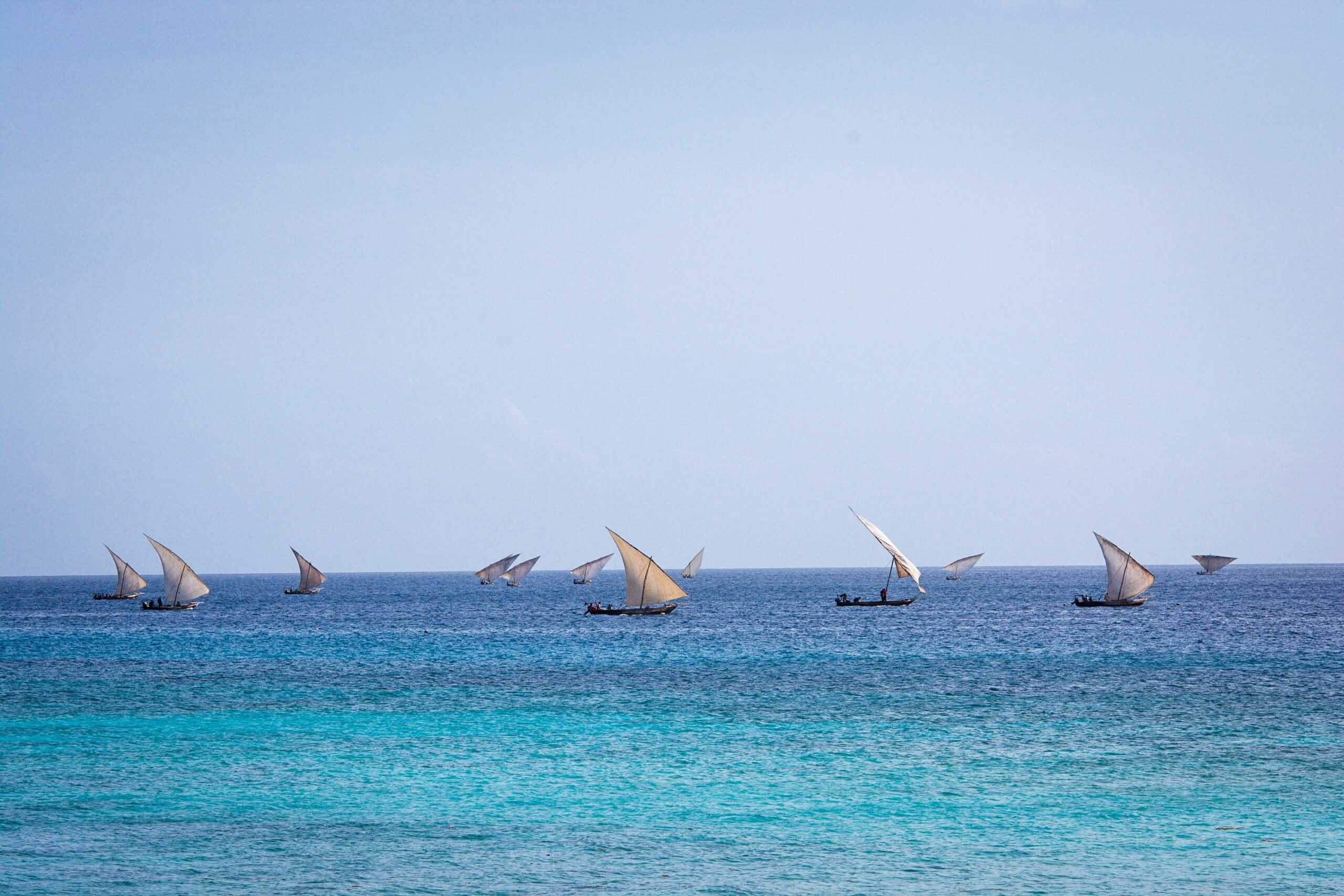
Stone Town, Zanzibar’s vibrant heart, feels timeless. The narrow lanes pulse with centuries-old echoes of trade and exchange, while coastal villages like Nungwi, Michamvi, and Jambiani offer glimpses of an even older rhythm. A life lived by the ebb and flow of the ocean. In these villages, women carefully tend seaweed farms in shallow waters, their colourful kangas rippling in the breeze, while men build and repair dhows, preserving the maritime skills passed down through generations. Here, Swahili language, food, and rituals are woven deeply into each day, maintaining an intimate harmony with the natural world.
Beyond the shores, Zanzibar’s wildlife surprises those who look closer. The Jozani Forest, a sanctuary for unique species, harbours Zanzibar’s rare red colobus monkeys, suni antelopes, tiny duikers, and the nocturnal galago, whose haunting calls echo through the treetops. Nearby islets, like Prison Island, add to this richness, providing refuge to giant tortoises and reminding visitors of Zanzibar’s layered and often poignant history.
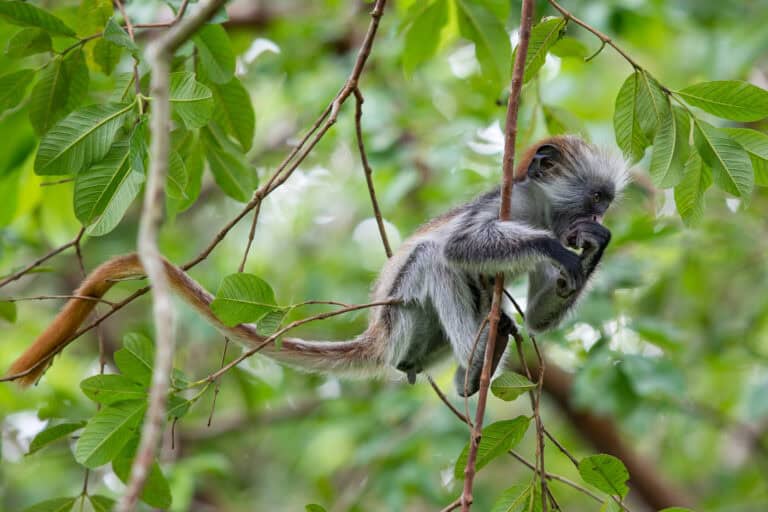


The smaller islands surrounding Zanzibar hide their own mysteries. On Juani Island, the Kua Ruins stand as a testament to a once-thriving Swahili settlement, with coral-stone buildings whispering of old trade routes. Along these shores, the giant coconut crab, one of the largest land crabs in existence, clambers through lush undergrowth, adding an almost mythical element to this varied ecosystem.
Culinary traditions along the Swahili Coast reveal the landscape’s soul as much as any scenery does. Dishes like fragrant spiced pilau and Nyama choma (grilled meat) bear the imprints of Indian, African, Arab, and Persian influences. Grilled changuu served with coconut rice brings coastal flavours alive, blending local spices and fresh seafood in a way that speaks directly to the island’s diverse heritage.
From the historic streets of Stone Town to the hidden wildlife of Jozani Forest and the ancient Kua ruins, Zanzibar embodies a vibrant blend of culture, history, and natural beauty. Yet, for those willing to venture beyond its shores, Tanzania’s Swahili Coast has even more hidden wonders to discover.
Take Pemba Island, for instance, often overshadowed by its famous neighbour, Zanzibar. Known as the “Green Island,” Pemba’s lush hills and clove plantations form a breathtaking backdrop, while its shores offer sanctuary to the endangered crab plover, a bird as striking as the island itself. In Pemba’s forests, unique vervet monkeys thrive, and bird enthusiasts will find delight in spotting the endemic green pigeon, scops owl, and sunbird, all native to the vibrant Kigezi Forest. The untouched reefs along Pemba’s western coast reveal an underwater world rarely touched by tourism. Here, coral-covered walls teem with life, offering an unforgettable experience for divers and marine lovers alike, while contributing to the coast’s rich biodiversity.
Further south, Mafia Island presents a captivating mix of wilderness and seclusion. Known for its seasonal whale shark migrations, the island’s waters invite travellers to share rare encounters with these gentle giants from October to March. Tranquil lagoons and hidden coves offer a natural refuge, while blue monkeys and fruit bats add a touch of mystery to Mafia’s landscape. Handcrafted dhows with their distinctive sails drift across Mafia’s waters, a living link to Tanzania’s seafaring heritage.
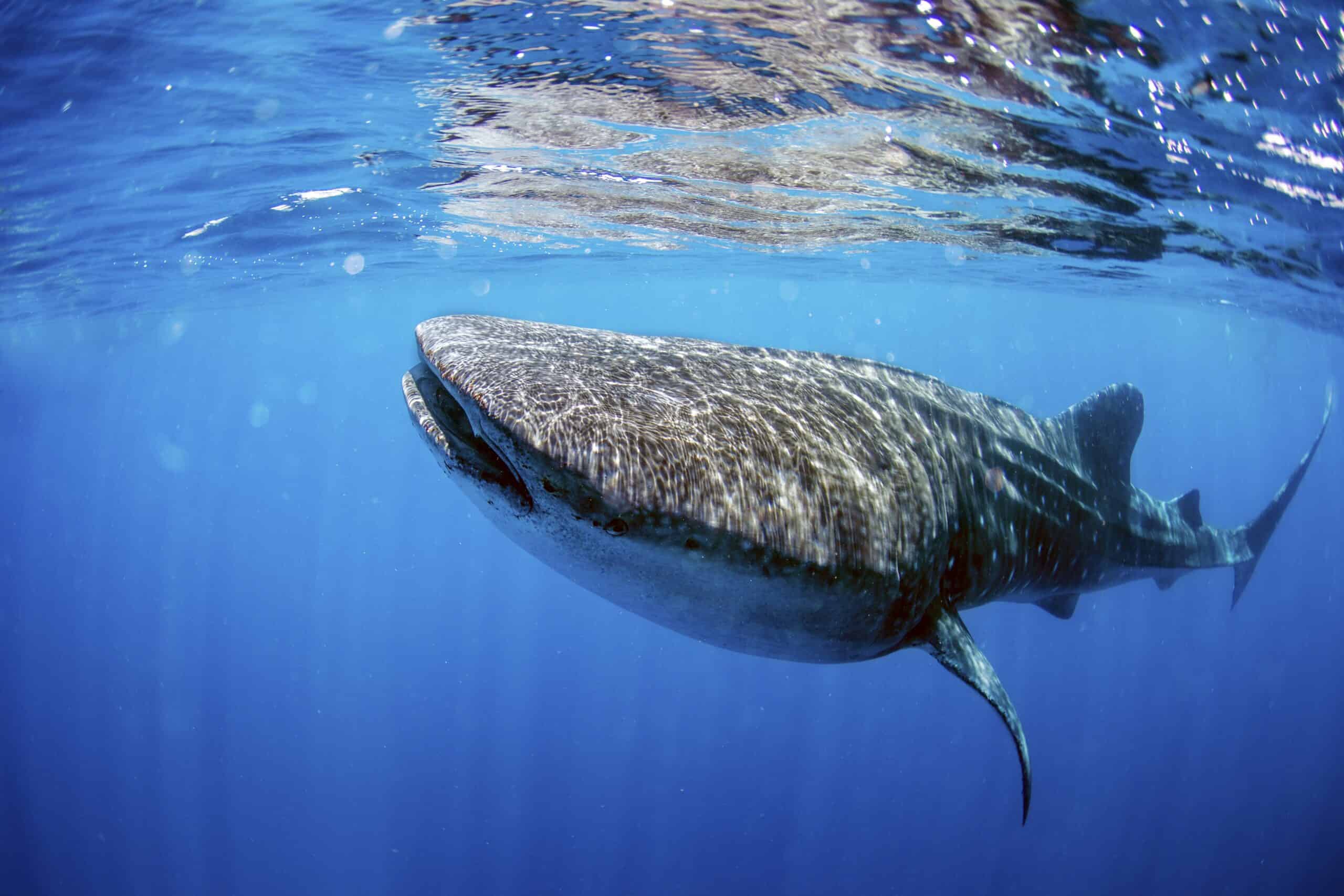
The Swahili Coast is more than just a destination. It’s a story, shaped by both the seen and the unseen. Each dhow, drifting on the horizon, carries the memory of ancient voyages, and each wave breaking on the shore holds an invitation to uncover the history, traditions, and spirit that have shaped this remarkable place.

Enquire now
Facebook
Instagram



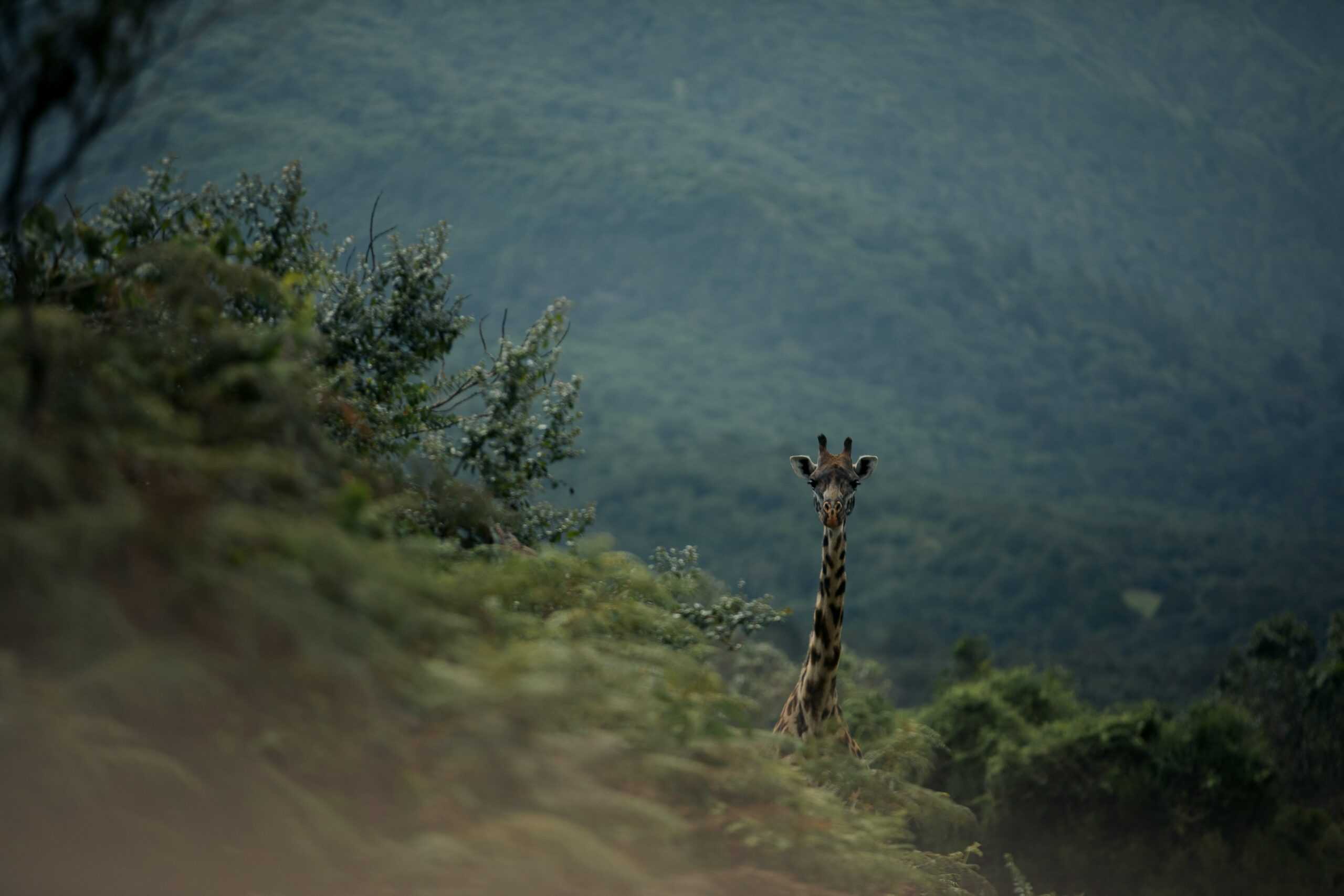
Silent Giants? The Mystery of Giraffe Sounds
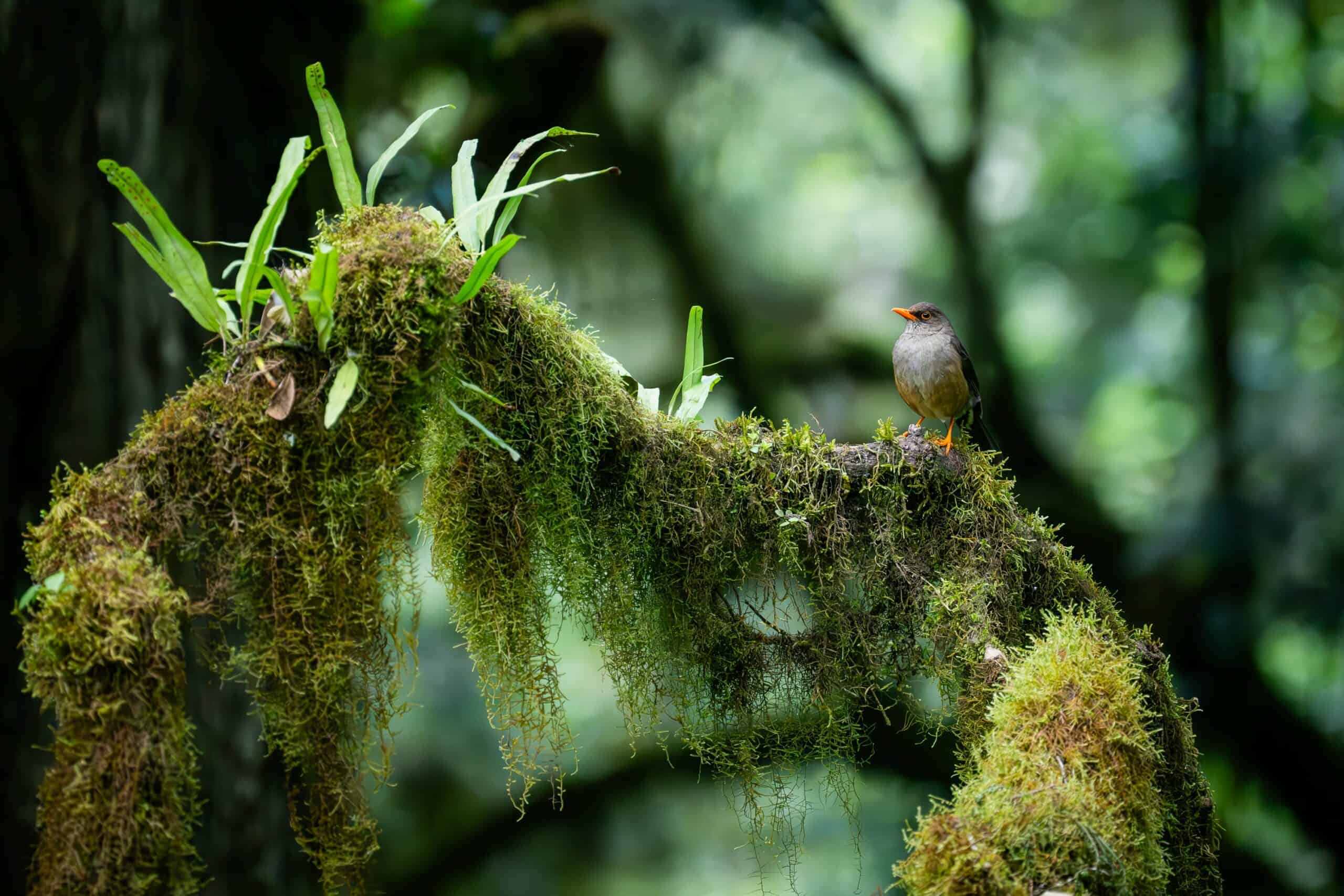
Introducing Entara’s New Camp






